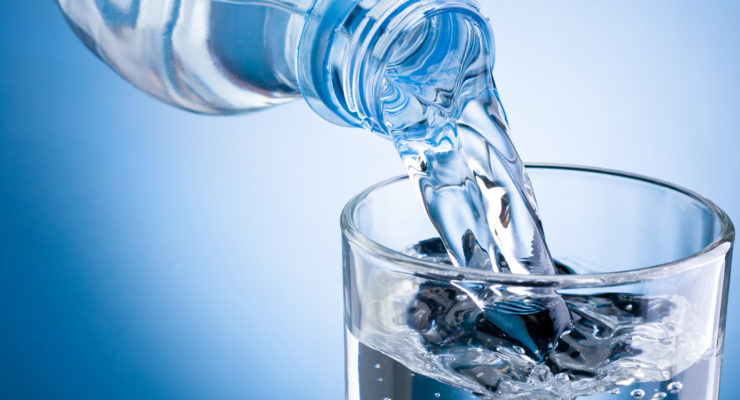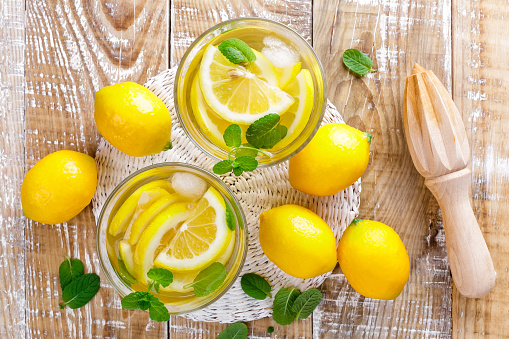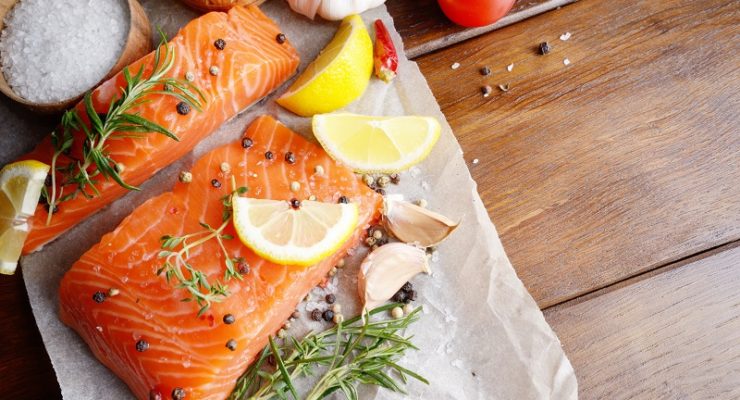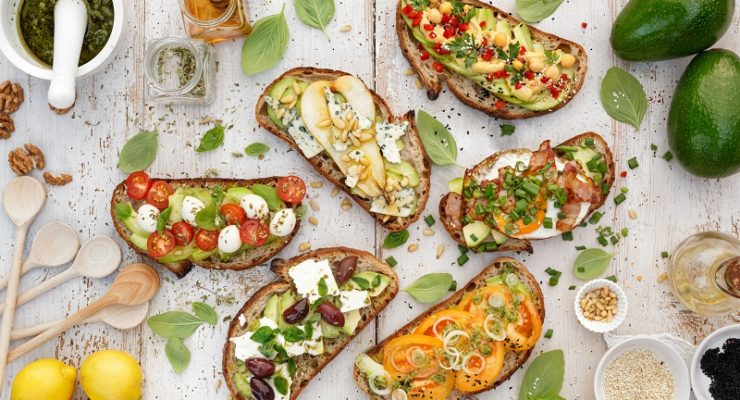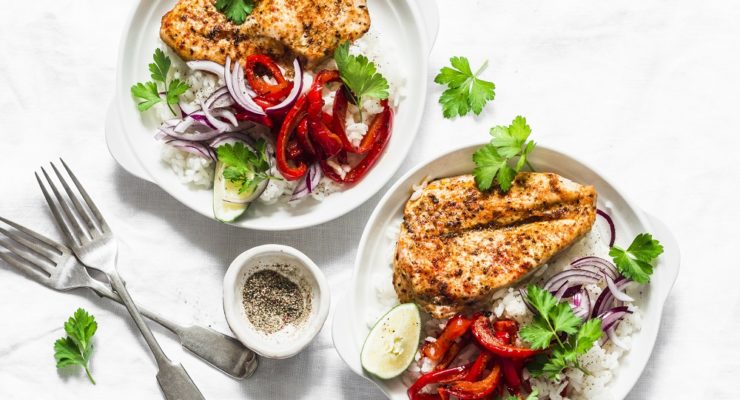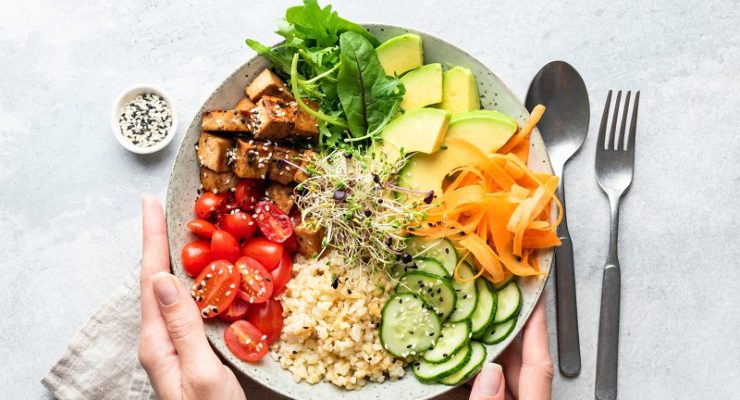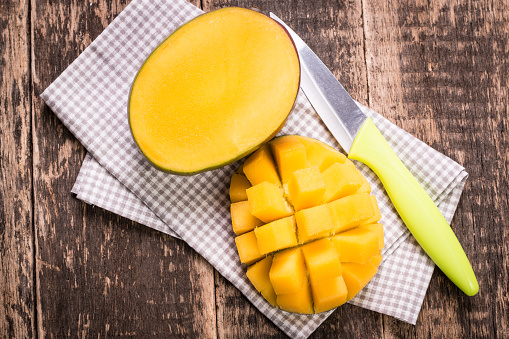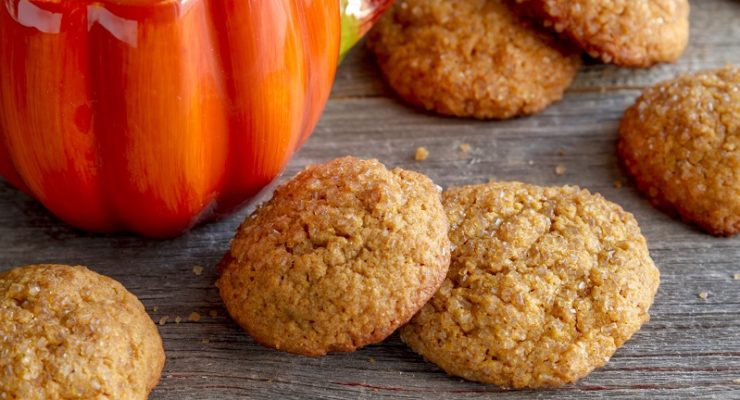Weight Loss and Age: 10 Tips for Losing Weight in Your 60s and 70s
People are living longer. Those in their 60s and 70s are enjoying a late “middle age” rather than settling in as senior citizens. They want to look and feel good as they take advantage of the increase in free time and decrease in family and work responsibilities that come with retirement. That’s why so many people in their 60s and 70s are trying to lose weight. But as our bodies change with age, so does weight loss. That’s why our nutrition experts have put together a list of weight loss tips for those living in their golden years.
Achieving a healthy weight is very important for older adults because there are many risks associated with belly fat, says Current Obesity Reports. However, they explain, “approaches to weight loss must be considered critically given the dangers of sarcopenia (a condition that occurs when muscle mass and quality is lost), the increase risk of hip fracture with weight loss, and the association between reduced mortality and increased BMI in older adults.” Always speak with your doctor before starting a new diet, exercise routine or weight loss plan.
Here are 10 tips for losing weight in your 60s and 70s:
1. Go to sleep.

If you’ve been rising early for work or staying up late watching TV for most of your adult life, you might find it hard to spend more time in bed. However, don’t underestimate the power of sleep. According to Current Opinion in Clinical Nutrition & Metabolic Care, lack of sleep disrupts your metabolism and interferes with the natural production of the hormones that regulate hunger and appetite. Plus, it increases the body’s production of cortisol, a stress hormone. Many studies have demonstrated that chronic lack of sleep significantly increases your risk of obesity. The Centers for Disease Control and Prevention (CDC) recommends getting seven to eight hours of sleep every night.
2. Stay hydrated.

As you get older, you might move less and perspire less throughout the day. However, your need for hydration doesn’t go away. According to Cleveland Clinic, sense of thirst “diminishes” with age. That means that you can be dehydrated without even feeling thirsty.
Dehydration can slow down your metabolism so that you burn fewer calories. “Staying hydrated also helps your body eliminate waste more efficiently, keeps your temperature in a normal range, lubricates and cushions your joints and protects your spinal cord and other sensitive tissues in your body,” says Carilion Clinic.
On Nutrisystem, we recommend drinking at least 64 ounces of water daily. A good rule of thumb is to try to drink eight 8-ounce glasses of water spread out throughout the day. If you get bored of plain water, you can enjoy sodium-free seltzer with fresh lemon or lime juice for the same benefits.
3. Limit your coffee.

Plain black coffee is calorie-free, so it can be a fine choice when you’re trying to lose weight. Just make sure to avoid added sugar, sweet syrups and high-fat creamers, which load you up with extra calories.
We also recommend sticking with decaffeinated coffee varieties. According to AmericanBoneHealth.org, “Some studies link caffeine consumption with negative effects on calcium metabolism, possibly related to caffeine increasing loss of calcium in the urine, and decreasing calcium absorption in the body.” This could eventually lead to bone loss. Calcium is an essential mineral for maintaining bone strength as you get older and it plays a key role in regulating your metabolism.
4. Choose nutrient-dense foods.

With your metabolism naturally slowing with age, you may need fewer calories than you did in your younger years. But don’t be fooled: Less calories doesn’t mean less nutrition. You still need to get the vitamins and minerals your body relies on to stay healthy.
The solution is to focus on eating nutrient-dense ingredients: Foods that are packed with nutrition, not calories. The Nutrisystem Grocery Guide is filled with healthy options to choose from. Stock up on lean sources of protein (PowerFuels), such as chicken breast and fish. Fill up your pantry with high-fiber carbohydrates (SmartCarbs), which include whole grain rice, pasta and cereals. Make sure to also grab some fresh, frozen or canned produce to get in your fruits and veggies. Nutrient dense foods like these deliver more benefit per bite as you age.
5. Eat more often.

It may seem counter-intuitive but skipping meals can actually hamper your efforts at weight loss, says Women’s Health. That’s because when your body is deprived of food, your metabolism slows down, something you’re already dealing with as you age. Instead of skipping meals, try eating healthy between-meal snacks every three hours. The best snacks contain lean protein for energy and fiber to help you feel full long after you finish eating.
6. Beware of empty carbs.

According to the American Diabetes Association, over 25 percent of Americans over 65 years old have diabetes. Your lifestyle and diet can play a major role in the prevention of this disease. In addition to physical activity and weight loss, Mayo Clinic recommends filling up on fiber and sticking with whole grain products.
Many of the most popular snack foods are simple carbohydrates that are full of calories yet low in fiber and other valuable nutrients. We’re talking about chips, crackers and other salty snacks, as well as baked goods, candies and sweets. Nutrisystem offers a wide selection of delicious and perfectly balanced snacks that are healthier alternatives. You’ll love our Chocolate Chip Cookies, Cheese Puffs and Butter Popcorn. Not only are they delicious but they’re absolutely packed with fiber and protein. Yum!
7. Dine out wisely.

People in their 60s and 70s often have free time and the financial resources to socialize while eating at restaurants. Meeting up with friends is healthy at any age, but restaurant meals tend to be high in fat and salt. Not to mention the oversized portions!
To stay on track with your healthy diet, consider sharing an entrée with a friend or family member. You can also ask to substitute an extra serving of vegetables in place of the greasy French fries or other unhealthy sides. And do yourself a favor and skip dessert! (Grab a Nutrisystem dessert instead!) Get some tips and tricks for dining out while on a diet in The Nutrisystem Dining Out Guide! >
8. Go outside.

According to the Central European Journal of Immunology, vitamin D deficiency is associated with obesity. Low vitamin D levels may also lead to higher amounts of belly fat, says Medical News Today. If that’s not enough reason to get your daily dose of the sunshine vitamin, remember that it’s essential for proper bone health.
“Vitamin D is provided by skin synthesis by UVB-irradiation from summer sunshine and to a small extent by absorption from food. However, these processes become less efficient with age,” says the peer-reviewed journal Aging and Disease. Stock up on ingredients that contain the nutrient, such as wild oily fish, egg yolk and fortified foods like orange juice, milk and some breakfast cereals. You should also make a habit of spending a little time outdoors during midday to soak up some sun.
If you think you may be at risk of a vitamin D deficiency, you should consult your physician, who may order a blood test to check your levels or may recommend supplementation.
Are you getting enough vitamin D? Click here to learn more! >
9. Build muscle.

As we get older, we gradually lose some of our muscle mass and gain fat mass, says Current Obesity Reports. According to Harvard Health Publishing, “Age-related muscle loss, called sarcopenia, is a natural part of aging.” After age 30, people can lose three to five percent of their muscle mass for every decade of life. Less lean muscle means fewer calories burned.
Walking is a healthy, low-impact form of exercise that you can do every day to keep your metabolism active. You also want to do some strength-building exercise to help maintain as much of your muscle mass as possible. If you don’t belong to a gym where you can lift small weights, you can pick up basic ankle and hand weights at a sporting goods store or online. You can even use cans of food or water bottles!
“To build muscle, the exercises must be challenging, but they shouldn’t be stressful,” says Harvard Health Publishing. “The idea is to lift a weight you can comfortably manage for eight repetitions and try to keep going until you reach 15 repetitions.” Always speak with your doctor before starting an exercise routine.
10. Get personalized.

You can lose weight and look your best even when you’re past your 60th birthday. However, your body and its needs are very different than those of younger people. All-new personalized weight loss plans from Nutrisystem create a diet tailored to you and your unique metabolism. We take your age, body type, gender and other factors into account to give you a surefire path to the healthiest, happiest version of you.
The post Weight Loss and Age: 10 Tips for Losing Weight in Your 60s and 70s appeared first on The Leaf.
from The Leaf https://leaf.nutrisystem.com/age-weight-loss-60s-and-70s/


